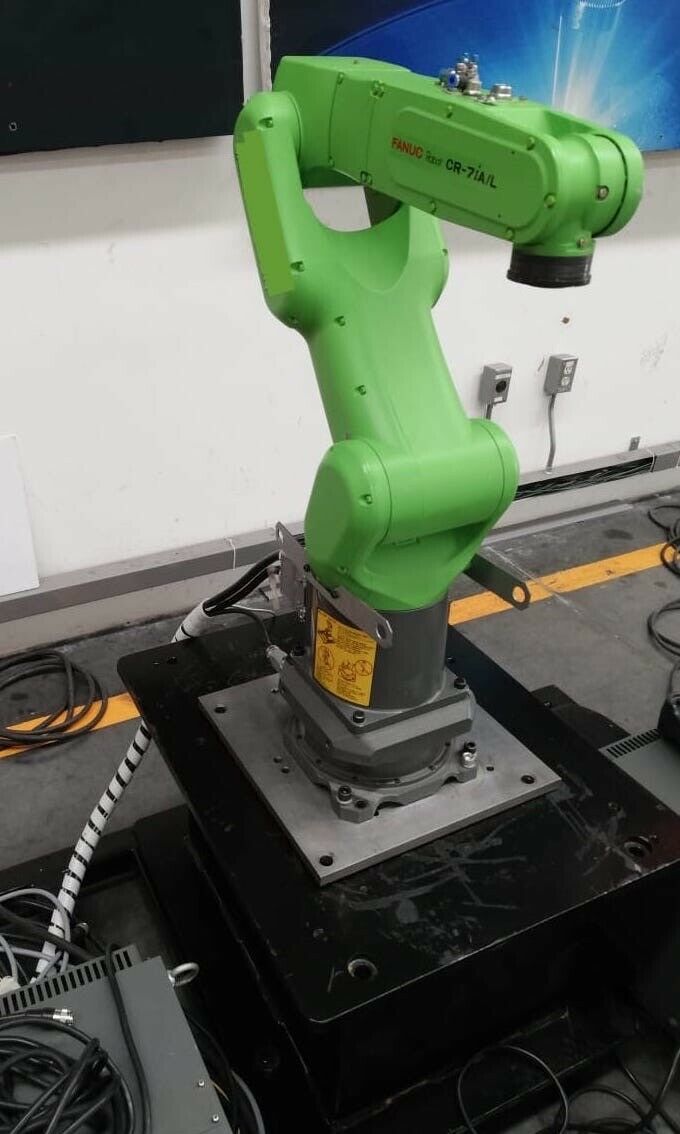Industrial robots are always evolving and advancing. They’ve gone from repetitive, rigid machines to highly intelligent and flexible with the ability to automate just about any manufacturing task. One of the biggest advancements of industrial robots was the development of the cobot. For the first time in robotics humans and robots could work collaboratively due to the enhanced safety features of cobots. Collaborative robots were developed to reduce safety risks to workers for direct human and robot interactions. This technology has become quite popular as cobots are one of the biggest trends in robotics.
There are four types of collaborative robots. However, only one type is mainly used for industrial automation and that is the power and force limiting cobot. Power and force limiting cobots are built with embedded sensors to limit their power and force. Their embedded sensors detect when abnormal force is applied causing the cobot to either slow or stop its operation to avoid collisions and injuries. Power and force limiting cobots are designed with rounded edges to soften potential impacts. They are also less powerful and more compact than most articulated robots. The safety features of these collaborative robots allow the operator and cobot to share the same workspace and interact without risk to the operator.
Power and force limiting cobots can be broken down into four subtypes, inherently safe, skin sensing, force sensor base, and joint sensing. Inherently safe and skin sensing are the least common of the power and force limiting cobots. Inherently safe cobots may be built with a variety of sensors. What makes them “inherently safe” is that these cobots have extremely light payloads making them relatively harmless. ABB’s YuMi is an inherently safe cobot. Skin sensing cobots are built with tactile sensors to detect force. These are considered the safest but are not very common since tactile sensors are not practical for manufacturing applications.
Force sensor base cobots are one of the more common force limiting cobots. FANUC’s cobots including the CR-15ia fall under this subtype. These cobots feature a force torque sensor in the robot base. This allows cobots with higher payloads, like the FANUC CR-35ia, to be able to react to small impacts.
Joint sensing cobots are the most common of the force limiting collaborative robots. These cobots utilize their joints to monitor force either through built-in force torque sensors in their axes or by using the current of their motors. The KUKA lbr iiwa 14 R820 is a joint sensing cobot. The Universal UR10 also falls under this subtype.
Power and force limiting cobots can be used to automate a variety of applications. They are ideal for those with small to medium productions due to their low cost and ease of use. Most companies use cobots to automate ergonomic aspects of manufacturing, freeing workers to focus on the more critical thinking tasks. Power and force limiting cobots can automate assembly, welding, packaging, picking, machine tending, and part transfer applications. Power and force limiting cobots can significantly increase productivity with their ability to work collaboratively with humans.
Robots Done Right |
Used Robot Sales |
Power and Force Limiting Cobots

Robots Done Right is the place to start when it comes to used robots. Contact us if you are interested in buying or selling your used robot.